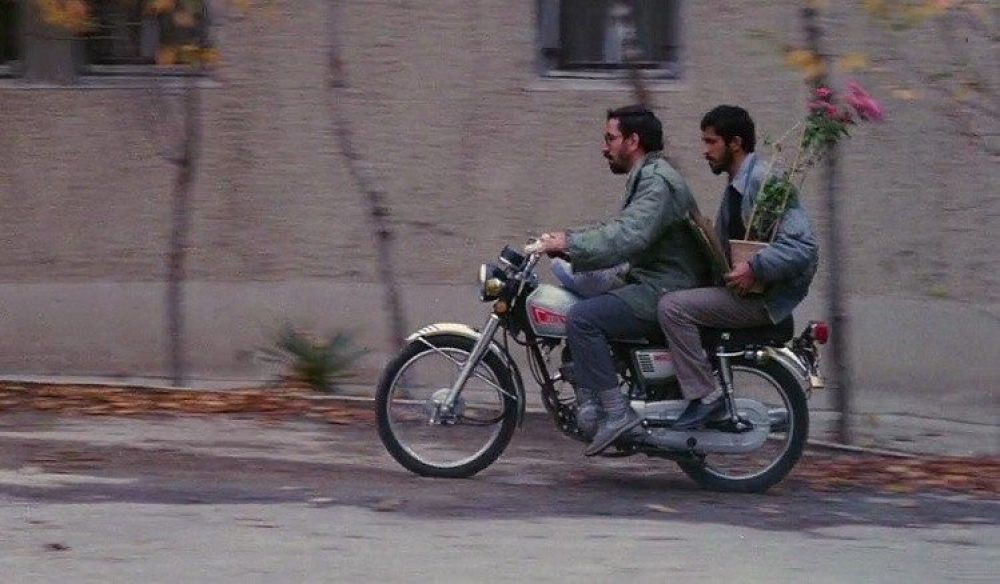James C. Scott, Seeing Like a State
1. James Scott seems to express skepticism of the project of modernity, at least in its manifestation in the realm of state formation. How does Scott’s concept of “high modernist ideology” compare to Mirsepassi’s rejection of modernity’s “dark origins?” How are their critiques similar or different?
2. Scott is famously concerned with recovering the stories and the voices of the voiceless (“hidden transcripts” and the “weapons of the weak” are among the phrases associated with his research). Above all, Scott disdains portrayals of state authority as a natural, benign, or even neutral force. Across the text of Seeing Like a State, the reader gets a full dose of his skepticism, and yet he expresses ambivalence as to the worthiness of state projects and of the logic of modern rule. Please consider his comments on pages 54 and 62, for example, on the design of Paris, or more dramatically, his take on the mapping of Amsterdam’s Jews, found on pg. 78. Is the “legible city” ever a neutral technology? If “illegibility…has been and remains a reliable resource for political autonomy,” is the loss of individual freedom worth the gains made in hygiene, organization, and the preservation of private selves and property?
3. The above question can be put another way: On balance, what normative judgement can we make of modernity? In class we’ve struggled with this question, leaning on the decidedly non-academic language of “good versus bad.” How might we think of modernity in terms other than these? Can we escape the binary?
4. As you read Scott, keep in mind the distinctions that we’ve already touched upon, cleavages thrown up by the emergence of the modern era: public/private, sacred/profane, as well as temporal and physical distinctions. Why did the positivists see the past as an impediment to the future? How does the desire for timelessness and “placelessness” compare to the discussion raised by Danny, that of “recovering modernity” in the ancient past, or the technique of “authenticating modernity?”
5. Finally, consider the comparisons made by Scott between Lenin and Luxemburg, and Corbusier and Jacobs. Scott offers the pairings as gendered alternatives, with a clear preference for the “right side” of the ledger. Are you convinced? Did his use of gender strike you as…strange?

Reading Notes for James C. Scott’s “Seeing Like a State” | Iran, Islam, and the Last Great Revolution Fall 2018